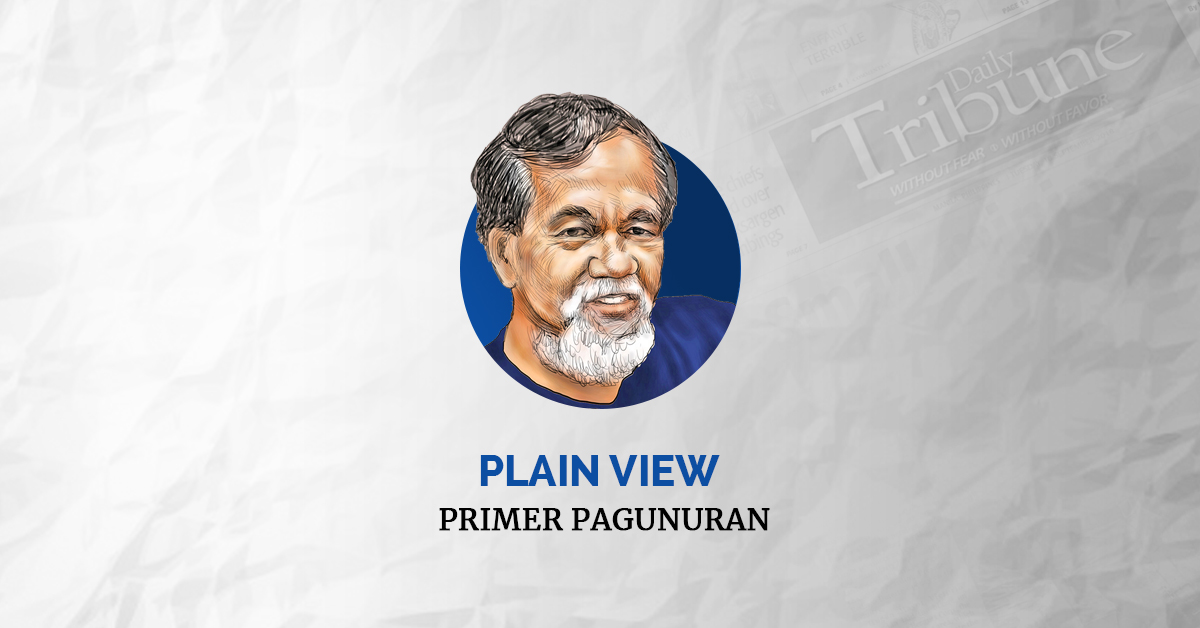Two earlier events seem to precondition the now planned public-private partnership or PPP that government will enter into to rehabilitate our main international airport. The first was when NAIA closed Philippine air space on New Year’s Eve due to a technical snag. The second was another airspace shutdown due to a power outage just three weeks after the first.
In both events, there was a flurry of flight delays or cancellations; flights diverted or rerouted; almost 60,000 passengers were affected; unimaginable opportunity costs went down the drain. No heads rolled, no resignation, no post-incident improvement of any sort followed.
The next thing we heard, the government initiated open bidding for NAIA rehabilitation to the tune of P170-billion solicited proposal. The unsolicited bid of a consortium of billionaires for a whooping P267 billion led to this Swiss challenge — much lower by 37 percent.
Good thing, this move comes at the heel of a strong economy estimated to persist into 2024 assuming the Asian Development Bank’s growth forecast of 6.5 percent or a steady pace of recovery from the pandemic across the region is true.
Moreover, when we hear from no less than the chief of the National Economic and Development Authority that the planned airport rehabilitation will increase the current annual airport capacity from 35 million to at least 62 million passengers as well as increase air traffic movement from 40 to 48 per hour, we seem to hinge hope of a better airport after these tragic inconveniences.
As news accounts have it, the improvements envisioned by the “billionaire consortium” had there been no Swiss challenge, including automated boarding gates, self-check-in, and baggage drop upgrades. Hardly do these address power outages as the chief cause of air traffic management shutdown; failing communications and cooling systems; power surges and inutile emergency protocols.
Last May, the Civil Aviation Authority of the Philippines promised several upgrades in the Air Management Center before the year ends. Also, a transport undersecretary says that the chosen private concessionaire would be asked to pay an upfront cost of P30 billion and an annuity payment of P2 billion aside from the government having a share in NAIA’s revenue stream from commercial and non-commercial operations. If that is not “transaction cost” by any other name, what is?
It bears watching what this P170 billion overall upgrade will be all about at ground level. Was the time horizon of such concession spelled out to be from the usual 25-year period to only 15 years? Presumably, a solicited bid of P170 billion as against an unsolicited bid of P267 billion must have a shorter period to recoup on investment.
Does it also follow that at that lower rehabilitation cost, the “construction time” will also be much shorter especially so that the NEDA chief didn’t fail to mention that they are “in a hurry” to address the issues in all terminals, facilities, runways precisely because they regard tourism as a major driver of the economy?
It seems not uncommon that one encounters a “language barrier” whenever an economist explains anything to the ordinary man on the street — on matters that seriously affect the latter anyway. As the saying goes, when an economist joins two people in a room, there will be four different world views.
Contextualized in the current plan designed to start early next year, it is valid to ask why nothing in the rehabilitation is made on what type of “high-reliability system” will be put in place at the NAIA to preclude the possibility of a power outage to even affect its air traffic management system.
On the long queues at NAIA alone, isn’t the culprit the personnel from the Bureau of Immigration who screen fellow Filipinos leaving for overseas, grossly unmindful of how long such processing takes? Perhaps, ‘artificial intelligence’ or robots can be high-speed “processors” to replace these nonchalant “street-level bureaucrats” in our midst.
What do we spend multi-billions for, pray tell?
